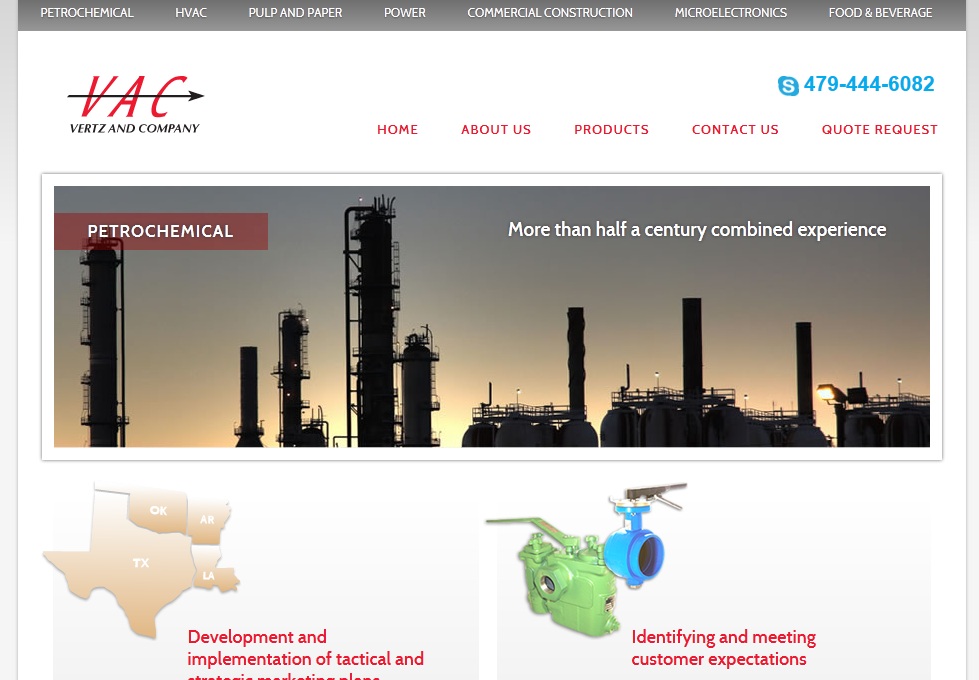What’s the difference between having a custom website designed for your company and using a pre-made theme? When you have a WordPress site built, you can install a theme yourself or have it done for you and then customize it or have it customized.
How does that differ from a custom site built just for you?
Rosie, Tom, and I were talking about this today.
“Custom code,” said Tom. “And look at those drop shadows!”
I thought that probably most of our clients wouldn’t see the value of custom code, and perhaps not even of drop shadows.
“We work with them,” I said, “to determine the path they want their visitors to follow, and figure out how to sort all their information into the right pages to reach those goals.”
“Is that what you mean by ‘custom site architecture’?” Rosie asked. “I’ve always wondered. ”
We realized that most of our clients also had no idea what custom site architecture might be.
“We do everything they ask for,” she pointed out, “and they have people with advanced degrees and decades of experience working on their sites.”
To us, the difference between a custom site and a standard themed site is so obvious that we hadn’t thought much about how our clients might perceive it. A custom site will cost you more than having someone install a theme, though — and it should. So how can you determine whether a custom site is worth the extra cost for you?
Here are some specific examples.
This website for Vertz and Company has standard navigation with the typical five pages, which you can see in red just above the slider. It also has a special navigation at the very top which takes visitors right to the case studies for various industries Vertz serves. And it also has two special links below the slider, one for manufacturers and one for buyers.

The result is a range of possible paths for visitors to take from arriving at the website to conversion.
This is an example of custom site architecture and navigation.
The screenshot below shows an interior page for a sporting goods supply shop. Right now the bars filled with logos link to the manufacturers’ websites so that visitors can check out the brands that this store carries. We built it so that we can add ecommerce functionality in the future — but it still looks good now.

This is an example of a custom gallery.
The screenshot below shows an interior page from a resort website. There are special links to weather reports, reviews, the company’s YouTube channel, and social media, plus an embedded video.

While you can find plugins for all of these things, custom design puts everything in the exact place where you want it and makes it look just right.
In many cases, that’s what “custom” comes down to: instead of making do with a theme that has been designed to appeal to many people and work fairly well for most of them, you get something that has been designed exactly for you, which will work exactly the way you need it to.
For us, this also means custom content optimized for search and conversion.
Optimizing your website has the highest ROI, according to marketing studies, of any action you can take. It doesn’t make sense to skimp on the cost to the point where your website doesn’t perform well. If your budget can handle a custom website (and it may cost less than you expect), then you should have a custom website. If not, it’s nice to know that a good theme can be the basis of a good-looking site at a bargain price.
Just don’t expect custom solutions from a pre-made theme. There’s a difference.


Leave a Reply